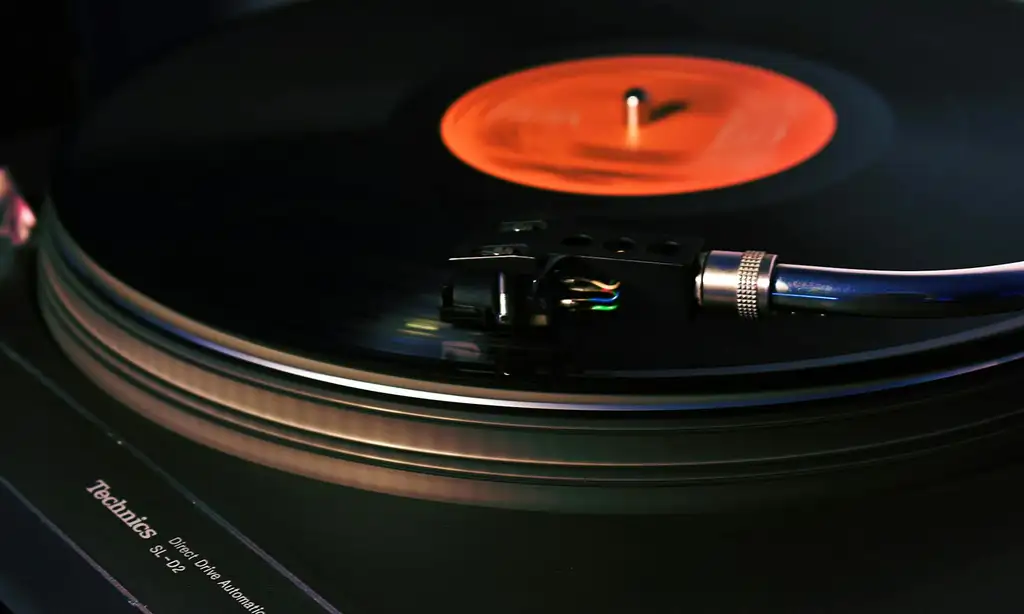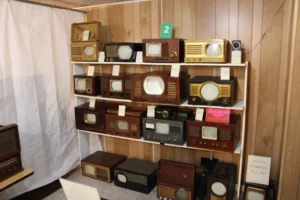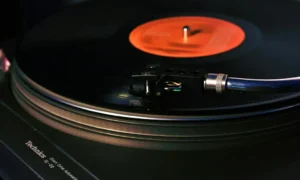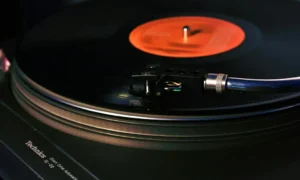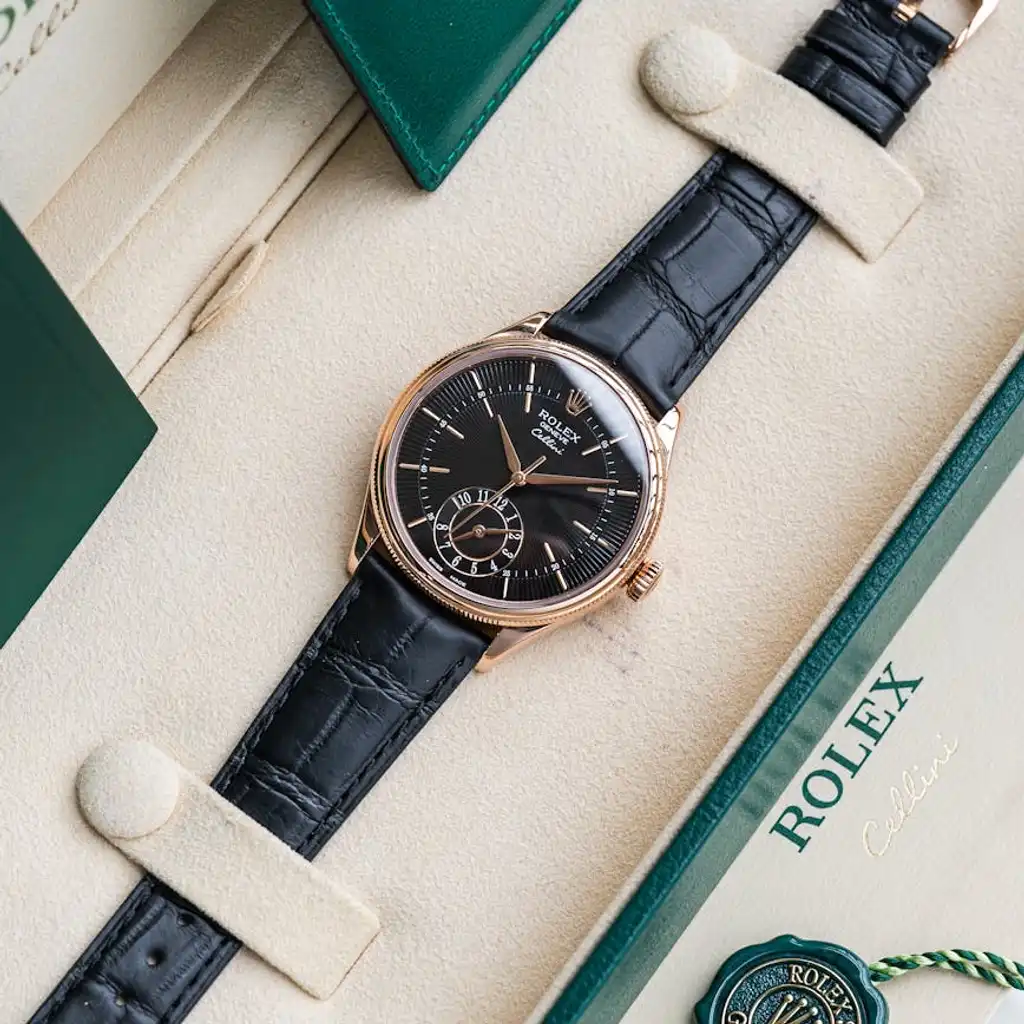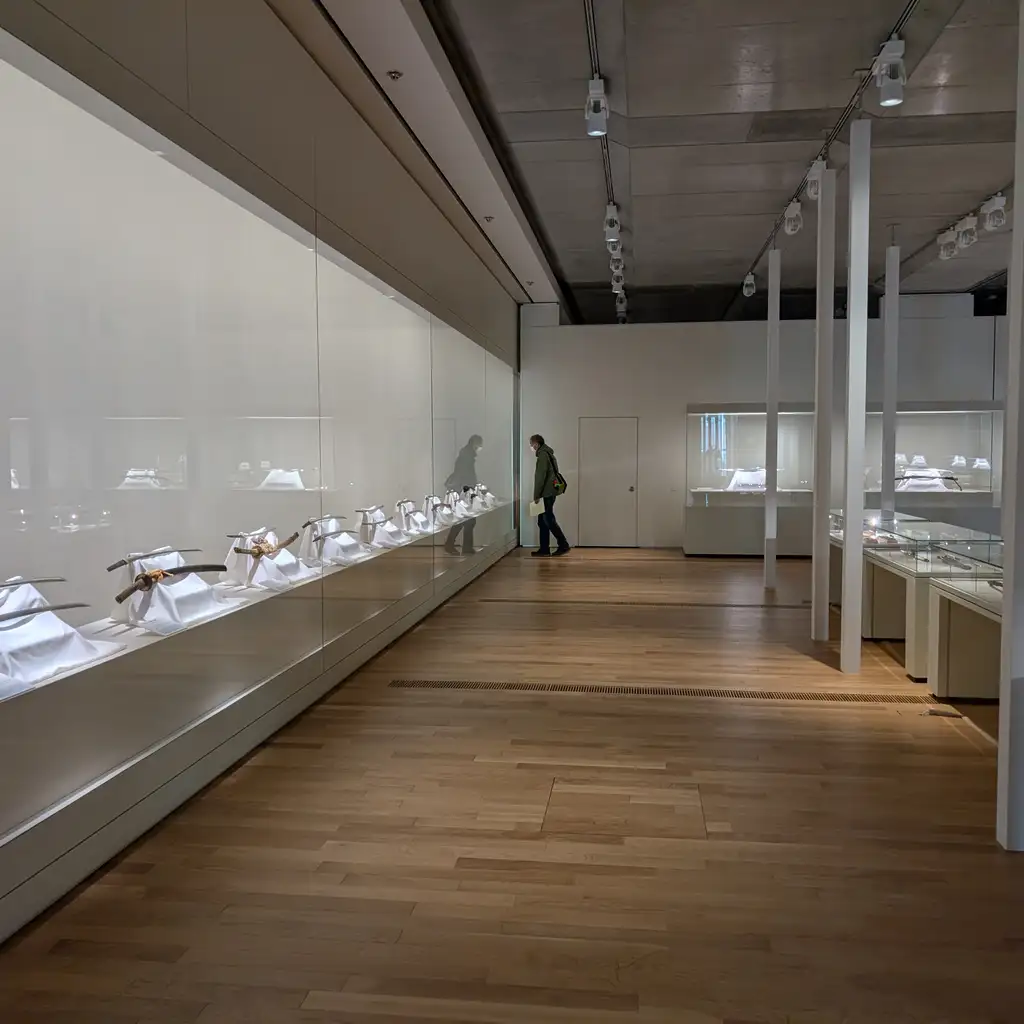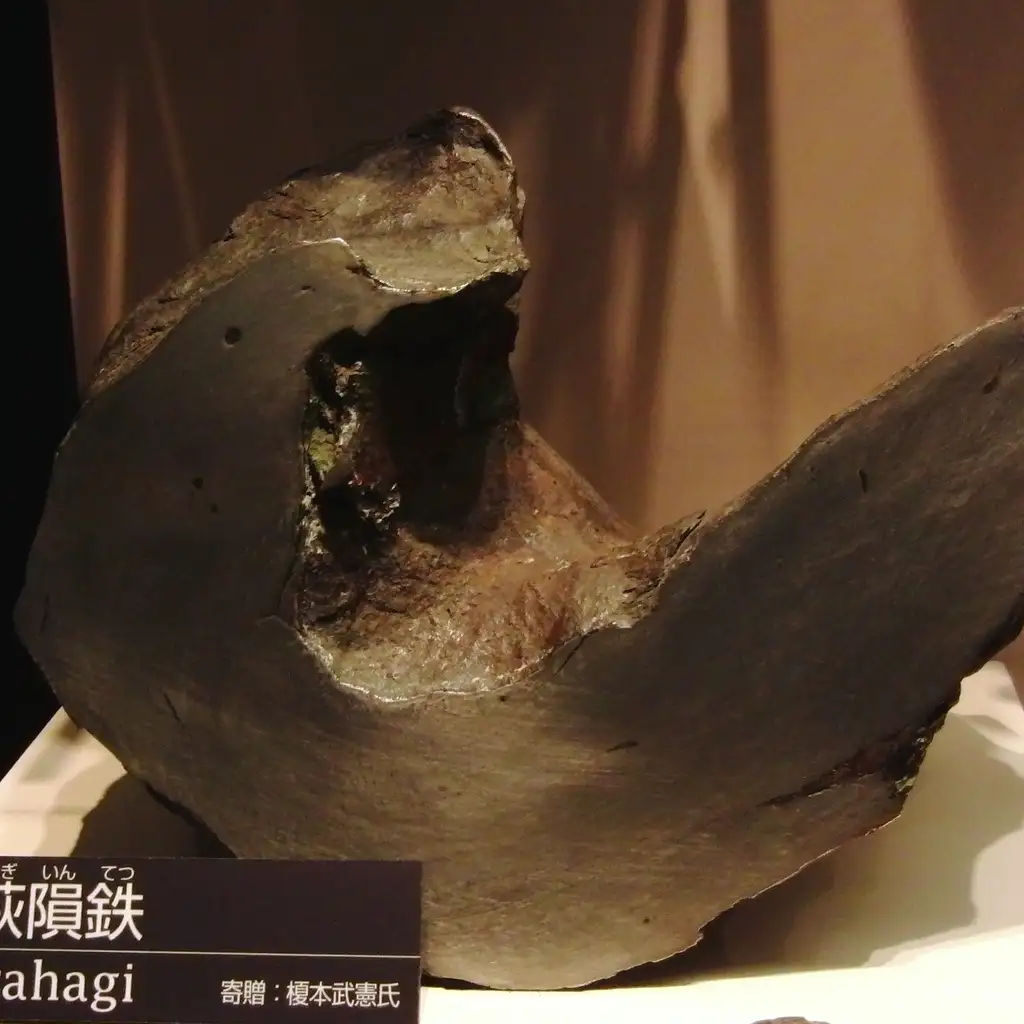For those who share a passion for vintage audio equipment, the allure of used and classic gear is undeniable. Personally, aside from a new phono cartridge from Audio-Technica, my home audio setup has always been a collection of pre-loved treasures. Although we once dabbled in home theater, the space wasn’t conducive, leading us to abandon the idea.
My journey in acquiring used and vintage audio has taken me to a myriad of places. This week, let’s embark on a quest to uncover audio gems and discuss key strategies for those venturing into the vintage audio realm.
The charm of vintage and used high-end audio lies not only in its affordability but also in the nostalgia it evokes. However, nostalgia can sometimes be misleading, as the vintage market is rife with pitfalls. Conducting thorough research is essential to avoid disappointment.
Before setting out, it’s important to consider some guidelines for purchasing used audio equipment. Exercise caution and common sense when dealing with second-hand electronics. Always test the equipment and familiarize yourself with its workings to avoid ending up with a costly, non-functional item. A high price tag doesn’t guarantee that the equipment is free from defects or damage.
Research the specific component to understand how to test it properly. If you’re not confident in your testing abilities or unwilling to learn, avoid hastily purchasing a 60-year-old tube amplifier and plugging it in. Older, untested equipment can pose safety risks.
Key Considerations for Amplifiers and Receivers
When assessing an amplifier or receiver, keep these points in mind:
- Does it power on and off correctly?
- Are both audio channels operational?
- Do all inputs function as expected?
- Are the switches, knobs, and buttons responsive?
- What is the condition of the chassis, faceplate, terminals, and power cord?
- Is there any odor of smoke or mold?
- Is there evidence of internal leakage?
- Are the transformers in good condition?
- Are the jacks secure, and are connections intact?
- Does it offer additional features like a working equalizer or phono stage?
- If it uses vacuum tubes, are the sockets labeled and clean?
Even if you’re adept at repairs, these checks are crucial before making a purchase.
Inspecting Turntables
When it comes to used or vintage turntables, a thorough inspection is necessary. Consider these factors:
- Is the motor functioning properly?
- If belt-driven, what is the condition of the pulley?
- Is the plinth free from damage?
- Are the feet adjustable?
- Can the platter be removed easily?
- Is the sub-platter in good condition?
- Is the bearing operational?
- Are replacement belts available?
- How does it change speeds?
- Do all switches work?
- Is the tonearm functional?
- Is the headshell in good condition?
- Is there a dust cover?
Addressing these issues beforehand can prevent costly repairs down the line.
Evaluating Loudspeakers
When assessing loudspeakers, check the following:
- Is the cabinet free from damage?
- Is there any water damage or unusual odor?
- Do the drivers function properly?
- Are replacement drivers available if needed?
- Are the surrounds in good condition?
- What is the condition of the binding posts?
Exploring Audio Cassettes and Reel-to-Reel
While audio cassettes and reel-to-reel tapes are rumored to be making a comeback, the reality is more nuanced. Many individuals still have tapes they wish to play or record. High-end decks like the Nakamichi Dragon are expensive and challenging to restore, but there are quality decks worth exploring. Check the belts, motor, tape heads, and functions.
Reel-to-reel has seen a resurgence in the high-end market, but be prepared to invest in restoring decks. Conducting thorough research is crucial to avoid turning it into a financial burden.
Where to Find Vintage Audio
While specialist dealers exist for used high-end audio, let’s explore other avenues. Local dealers in New York and New Jersey will be visited when travel conditions improve.
Poor-quality photos and vague descriptions don’t necessarily mean a product lacks value. Many vintage items emerge from basements and storage units, often mislabeled. I’ve discovered fantastic deals mislabeled as “speakers” that were actually amplifiers.
Online Platforms
Platforms like eBay offer a vast selection, including rare finds. Check seller feedback and clarify packaging details before bidding. Craigslist, Facebook Marketplace, and Kijiji present incredible deals and regional finds, but remain cautious of scams. Refreshing these sites can become addictive.
Reverb, Audio Mart, and Canuck Audio Mart boast extensive inventories, though prices often favor sellers. Record shops offer affordable audio with opportunities to test equipment. Prices are negotiable, and supporting local businesses is a plus.
Social Media and Thrift Stores
Instagram and Facebook Groups are excellent resources for finding used audio. Engage with sellers and verify accounts to avoid scams. Thrift stores like Goodwill offer great deals, but stock is limited, and prices reflect market trends.
Estate and Garage Sales
Garage sales can yield treasures or nothing at all. Be ethical and fair when purchasing from those in difficult situations. If a quality item is found, there might be more to explore.
This guide should help you embark on your journey into vintage audio. As you gain experience, you’ll become more comfortable with the hunt. Research, ask questions, and engage with the community. Good luck!
